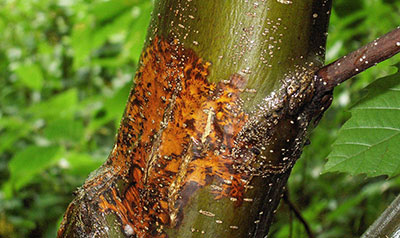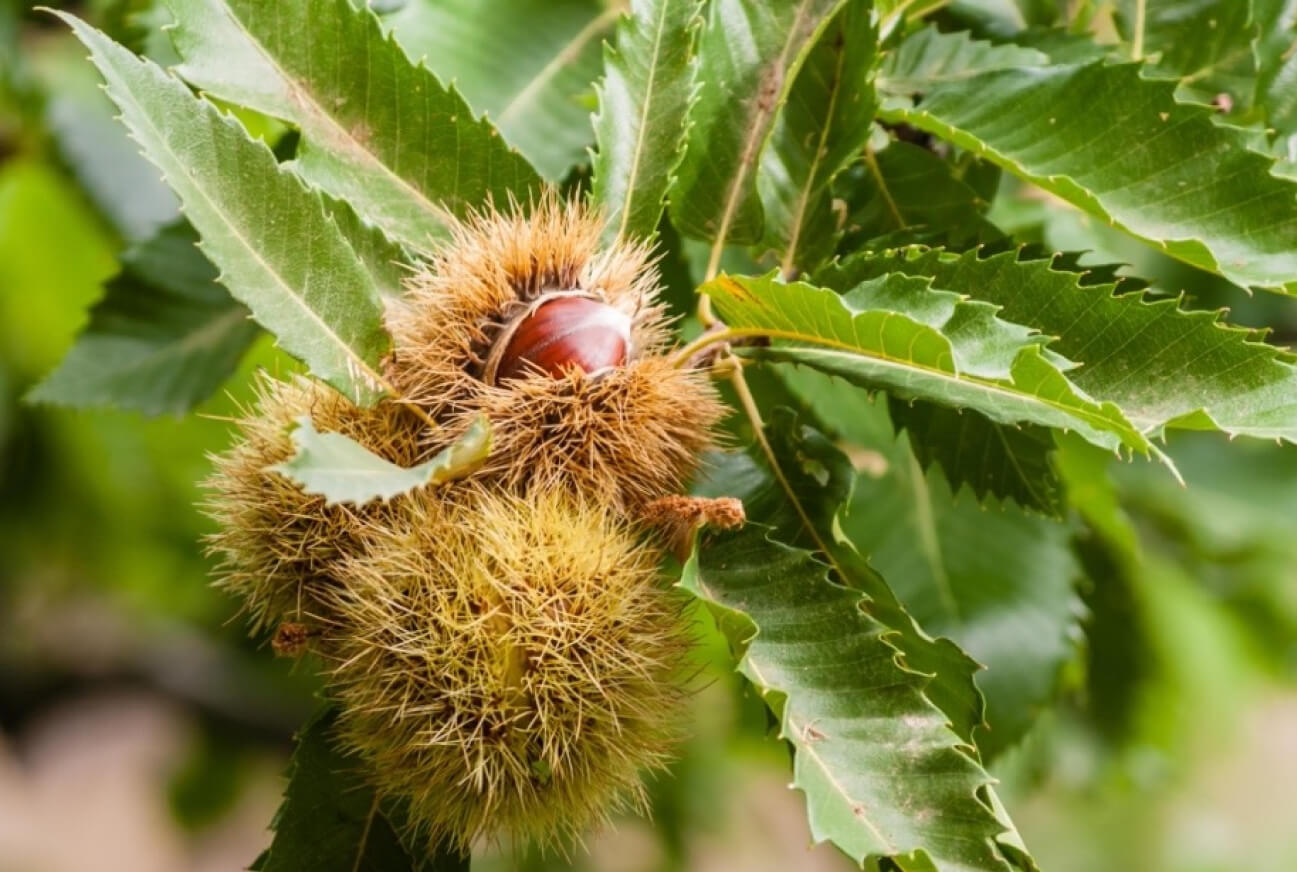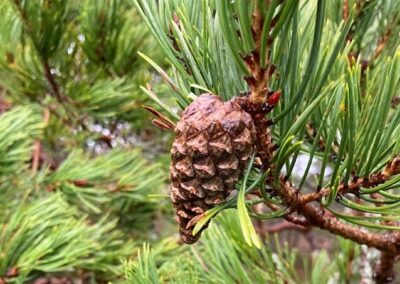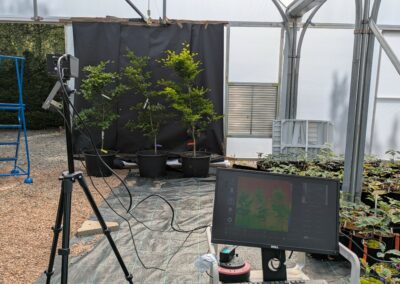Developing biological control mechanisms for sweet chestnut blight
Project lead Dr Pedro Romón Ochoa | Forest Research
Lead organisation Forest Research
Project status Pilot year project complete
Project funding £23,000
Research outcome Recovery
Context
Sweet chestnut blight (Cryphonectria parasitica) is a destructive disease of sweet chestnut trees (Castanea genus) caused by Cryphonectria parasitica. The fungus originated in eastern Asia where it occurs on indigenous sweet chestnut species but causes little damage because of co-evolution and adaptation. However, the fungus has caused severe epidemics in North America and continental Europe. Since 2011 the fungus has been found on a small number of sites in central and southern England.
This project will develop international collaborations with scientists working in Japan and Switzerland:
- The research with Switzerland will involve staff exchange and collaboration to develop the biological control agent Cryphonectria hypovirus 1 (CHV1) and other potential viruses of Cryphonectria parasitica, including assessment of the best method to apply the biological control agent in affected sites in the UK.
- The work with Japan will involve a visit from the principal investigator to Forest Research to work on newly identified hypoviruses in the new containment facility in Alice Holt. These hypoviruses have been recently detected in Cryphonectria parasitica, and have potential as biological control agents.
Expected outcomes
- Evidence required to develop and implement management programmes for sweet chestnut blight in the UK.
- Identification of new hypoviruses and evaluation as novel biological control agents.

Sweet chestnut blight is a destructive disease of Castanea spp. caused by Cryphonectria parasitica.
Glossary & Key Terms
Biological control agent
A living organism, or natural substance derived from them, that is used to control pests and diseases.
Castanea genus
A group of deciduous trees which includes species commonly known as chestnuts. These trees are the natural hosts of the fungal pathogen Cryphonectria parasitica, which causes sweet chestnut blight.
Cryphonectria hypovirus 1 (CHV1)
A virus that infects the fungus Cryphonectria parasitica, which causes sweet chestnut blight. CHV1 is known for inducing hypovirulence, meaning it reduces the fungus’s ability to cause severe disease.
Epidemic
The rapid spread of a disease or condition, exceeding what is normally expected.
Sweet chestnut blight (Cryphonectria parasitica)
Sweet chestnut blight is a destructive disease of sweet chestnut trees (trees in the Castanea genus) caused by the ascomycete fungus Cryphonectria parasitica. It was formerly known as Endothia parasitica. It can also affect a few other plant species. For more information, see Sweet chestnut blight (Cryphonectria parasitica) – Forest Research.
Share this project on social media
Related Projects
Our Partners
Social media
Explore
Newsletter
Contact
© 2022 Centre for Forest Protection. All rights reserved.


